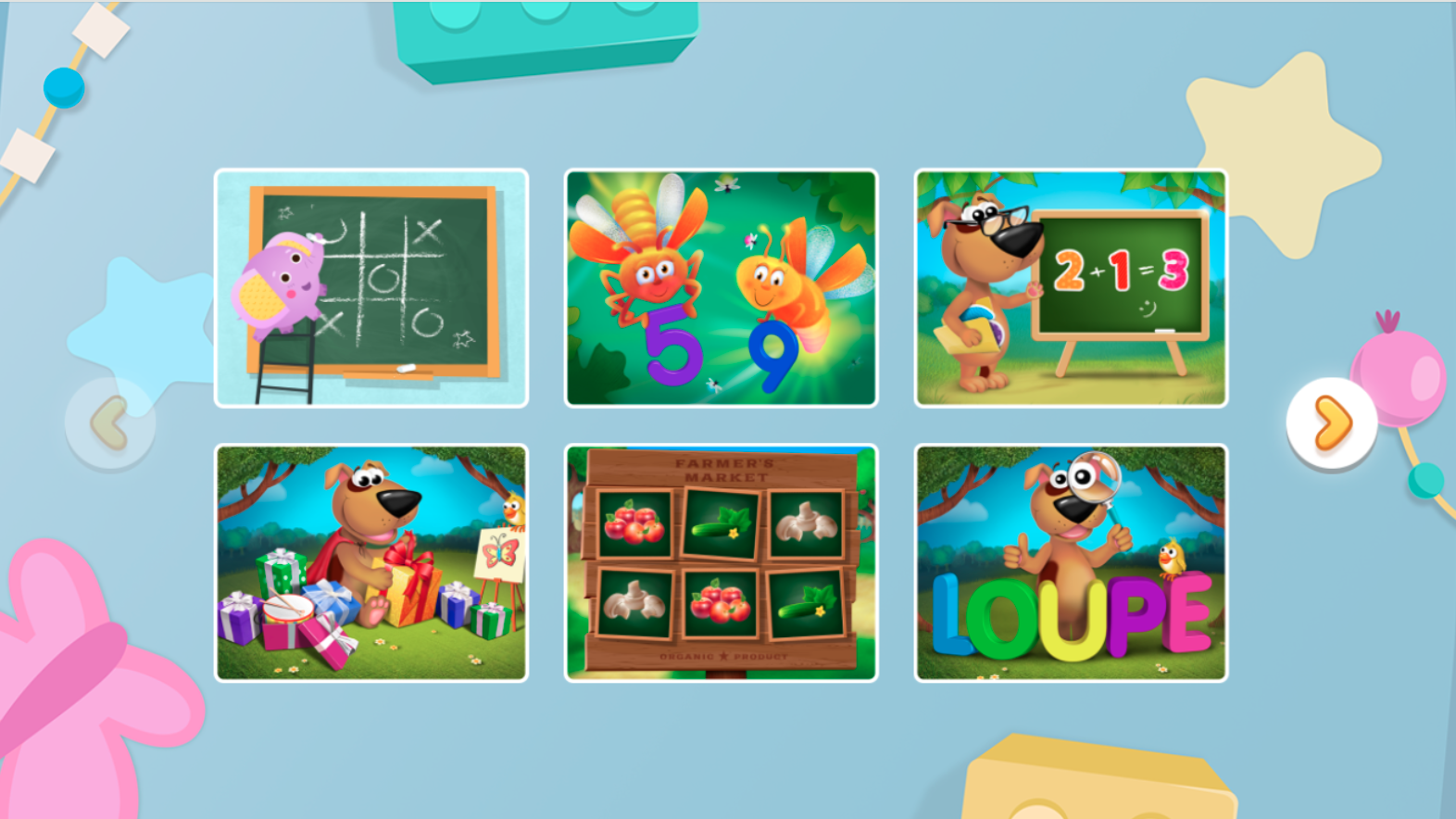Recognizing shapes Math Worksheets for Ages 6-8 - Page 2
34 filtered results
-
From - To
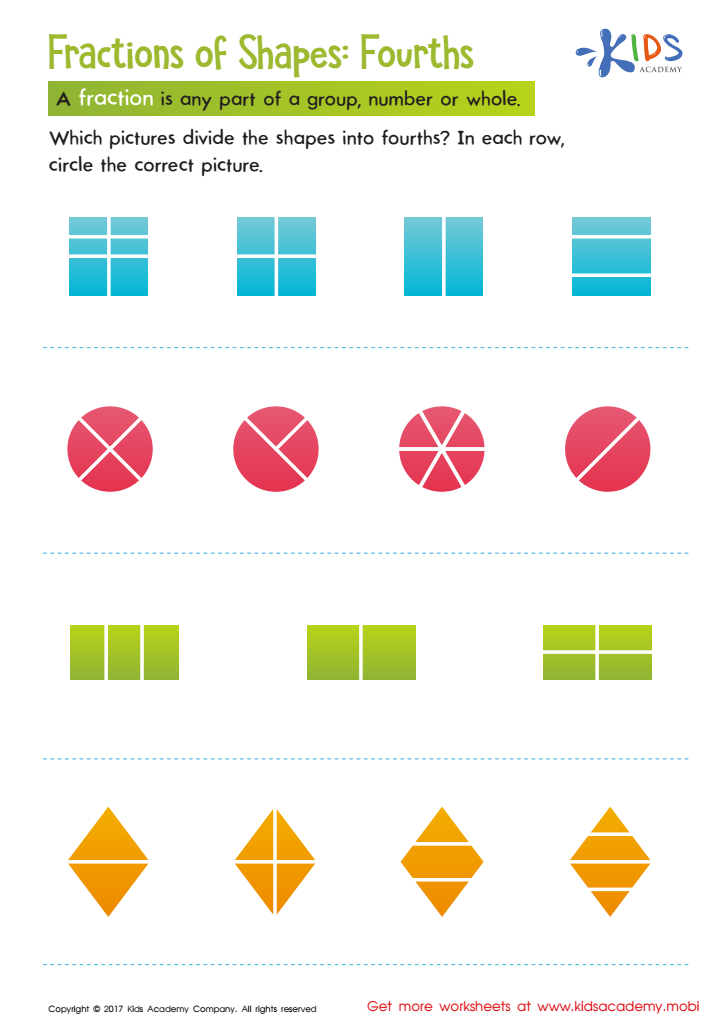

Fractions of Shapes Worksheet
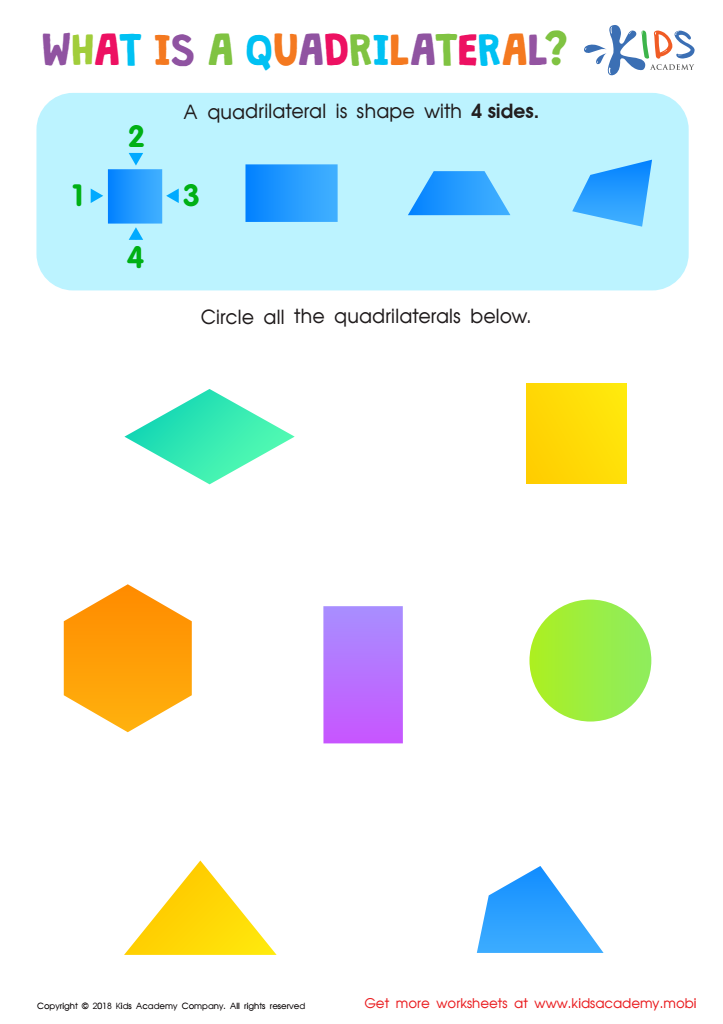

What Is a Quadrilateral? Worksheet
Recognizing shapes is a fundamental skill in early math education for children ages 6-8. Parents and teachers should prioritize this skill because it serves as the foundation for more complex mathematical concepts. Understanding shapes helps young learners develop spatial awareness, enhancing their ability to comprehend geometry and measurements in the future.
Additionally, recognizing shapes fosters problem-solving skills. Children learn to identify, compare, and analyze various shapes, which encourages critical thinking and helps them approach other subjects with a logical mindset. This skill is also linked to vocabulary development, as learning shape names broadens children's language abilities and enables clearer communication.
Furthermore, engaging with shapes can be a fun and interactive experience, stimulating creativity and imagination. Activities involving shape recognition—such as arts and crafts, games, and outdoor exploration—provide opportunities for hands-on learning, making math both enjoyable and accessible.
Lastly, recognizing shapes is crucial for applying math in real-world situations, from recognizing road signs to understanding architecture. By investing time and effort into this foundational skill, parents and teachers lay the groundwork for lifelong learning, helping children become confident and competent in mathematics and beyond.
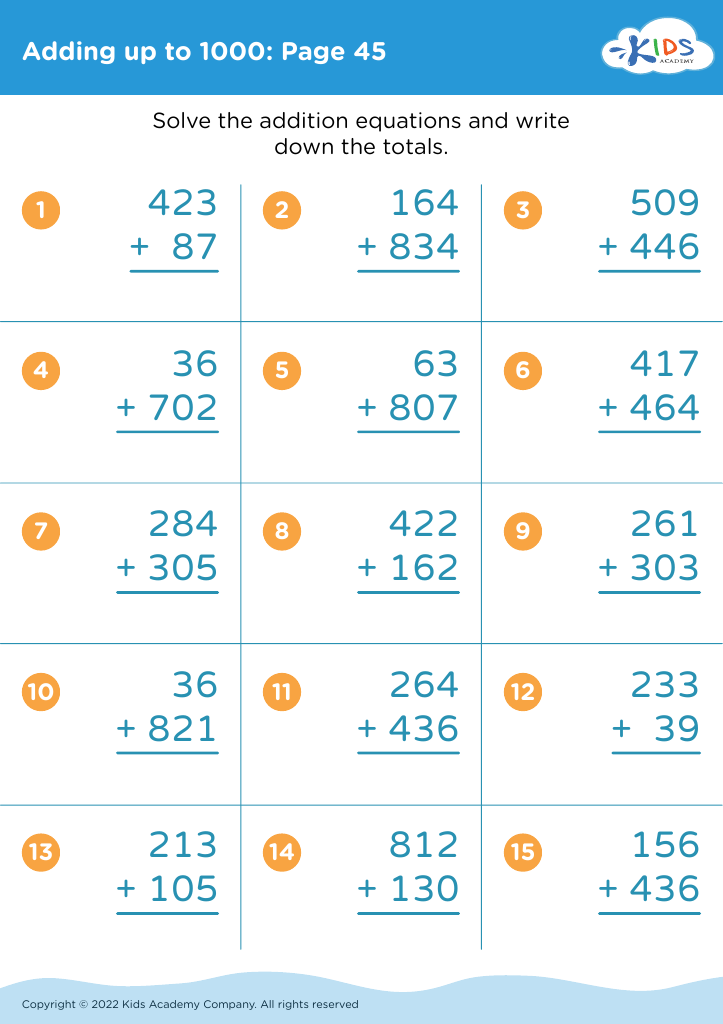
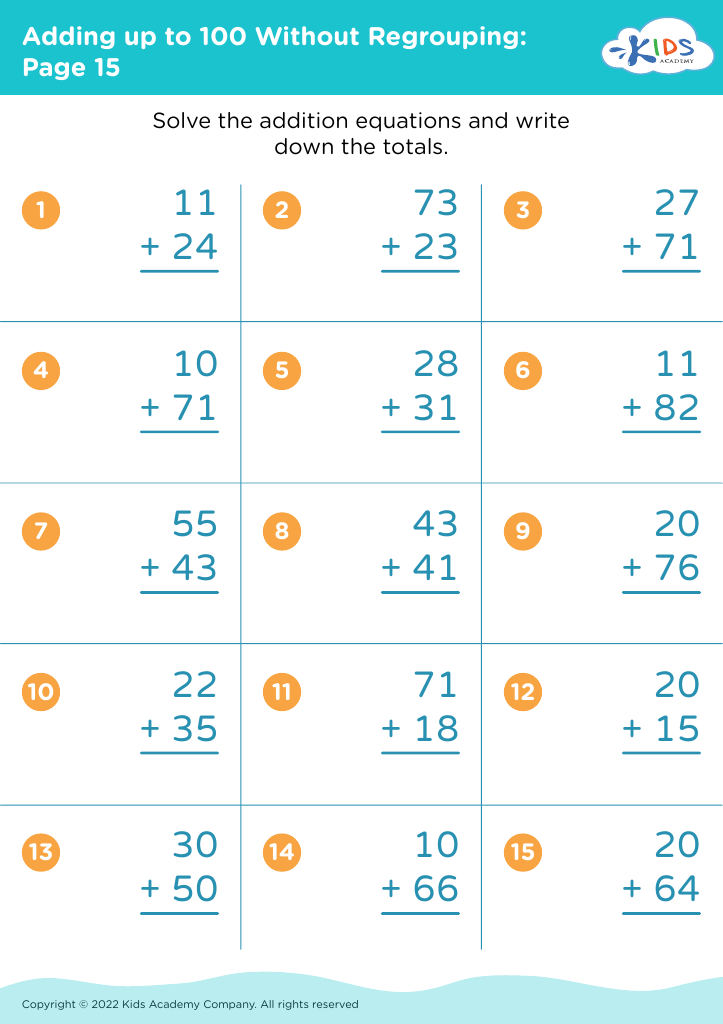
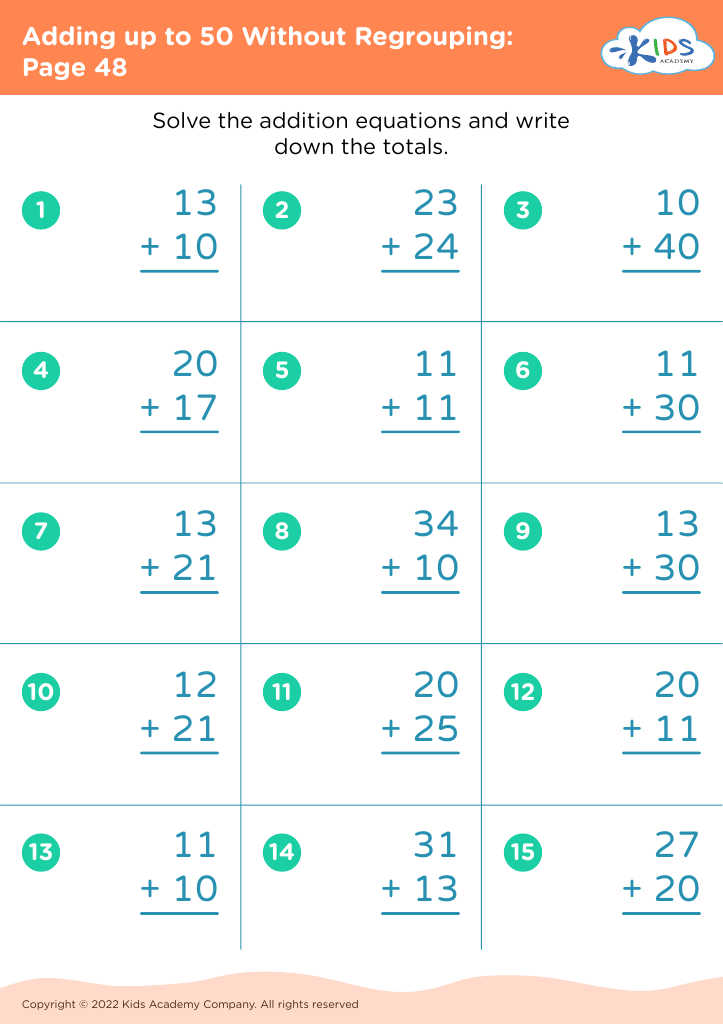
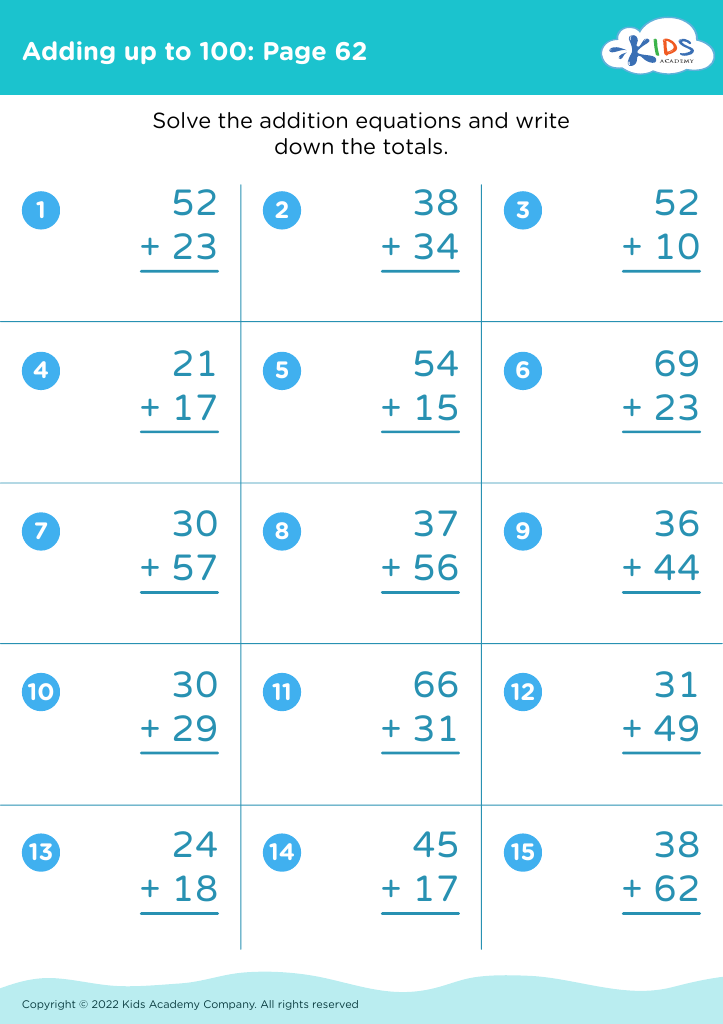
 Assign to My Students
Assign to My Students
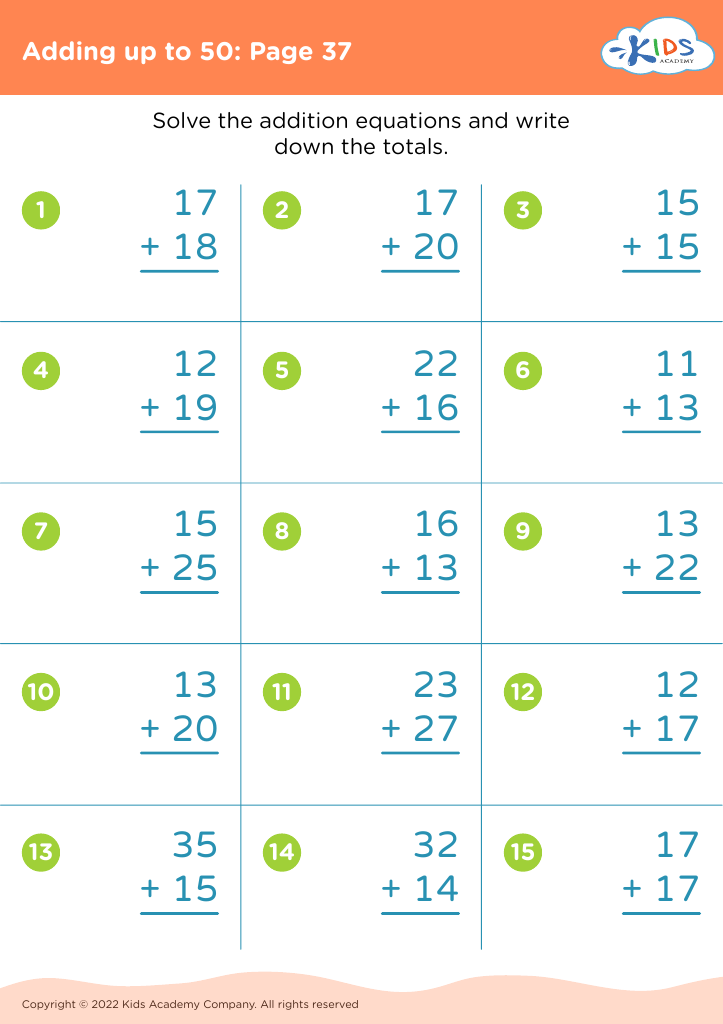
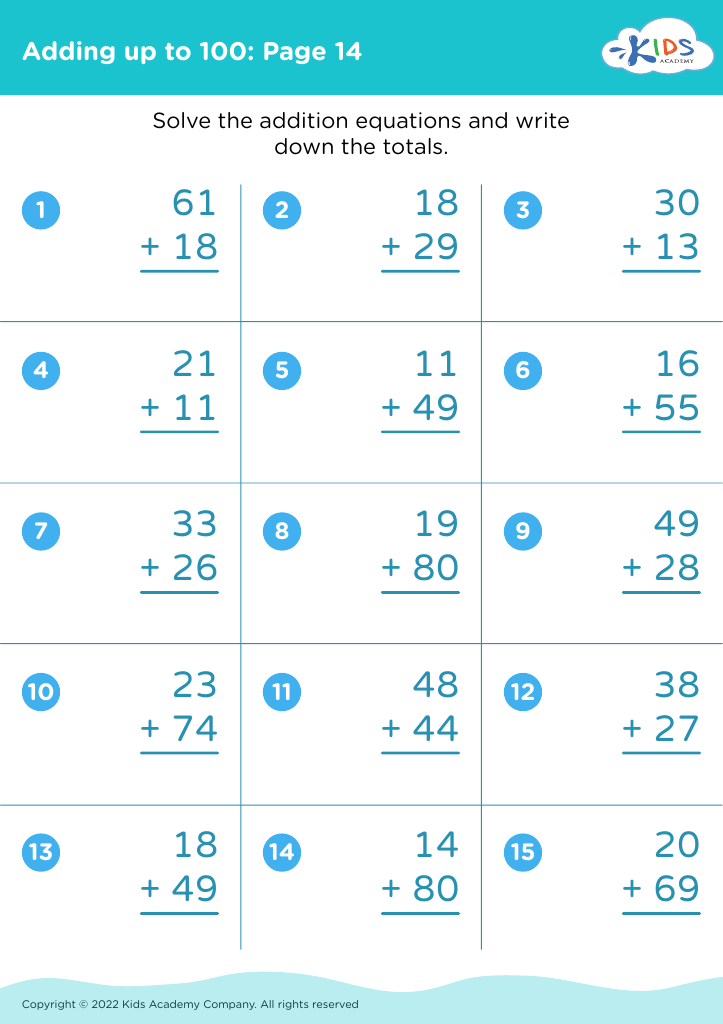
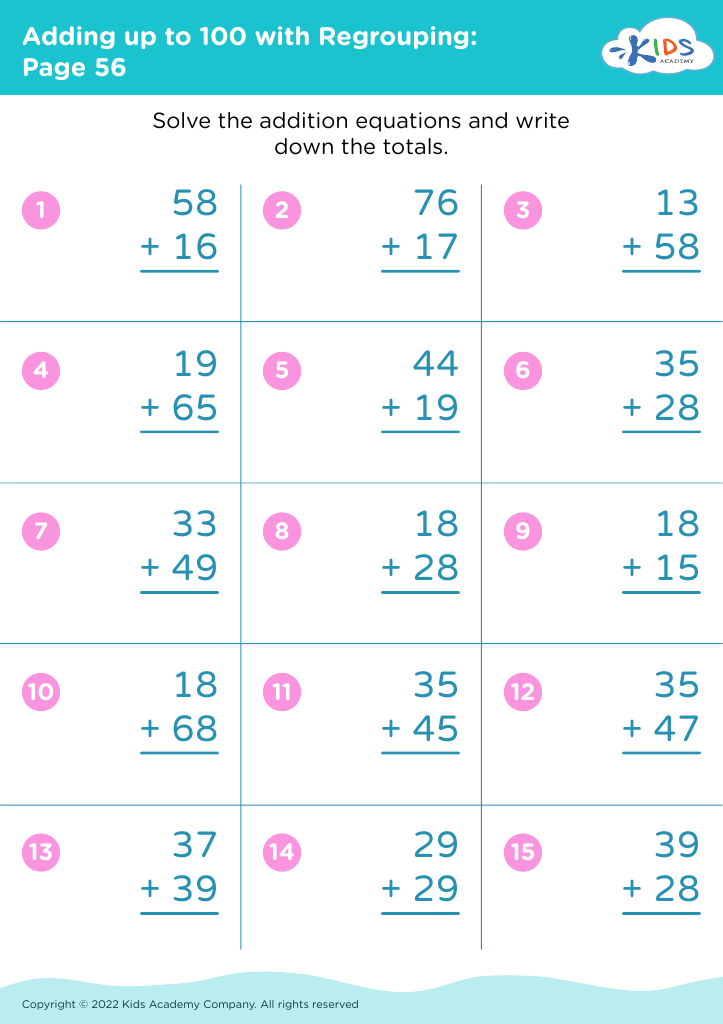
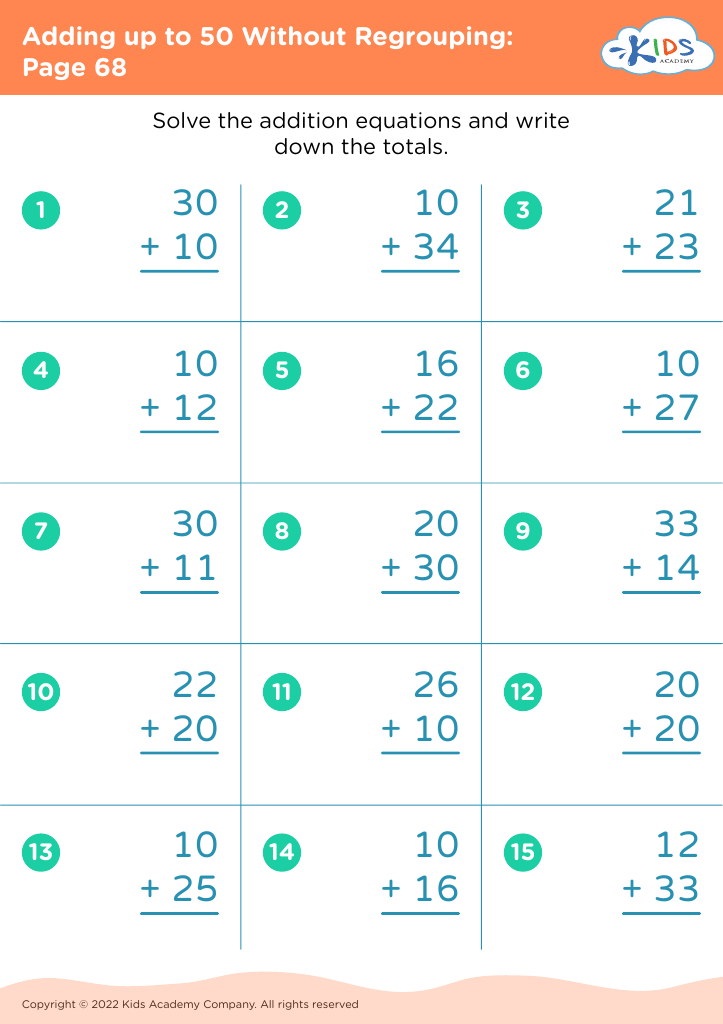



.jpg)

